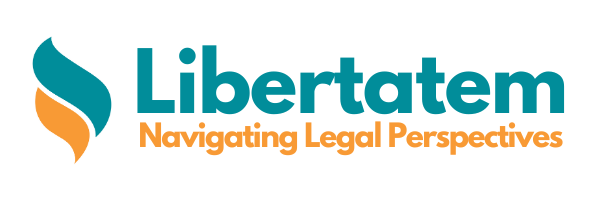Introduction
A political party is a group of people with the same ideology, intention, and agenda who try to hold power through an election. The members of political parties agree on some policies and programs for the society to promote the collective good. All political parties express their ideologies through symbols such as emblems, flags, posters, and slogans. Virtual symbols act as the simplest and most effective communication tool. Based on a symbol’s shape, colour, designs, a party’s ideology can be identified.
Why are symbols allotted?
The main purpose of these symbols is to facilitate voting by illiterate people, who aren’t able to read and write. And to differentiate one political party from another. India is still not a country with a cent literacy rate.
As per reports, India’s literacy rate as per the population census of India, 2011 is 74.04%. So, when unique symbols are allotted to each political party, it makes people differentiate one party from another and vote during the election process. In India, visual depictions play a vital role. For example, by looking at a symbol with “palm- facing right hand”, the people can recognize Congress political party. And by looking at a symbol with “lotus”, people can recognize Bharatiya Janata Party, and the “hammer, sickle and star” is a symbol of the CPIM and so on. Symbols are used by political parties during their campaigns and are printed on ballot papers during the election process.
The symbols act as an identifier of the social base party; it signifies the qualities and belief system. The symbol helps to recognize a political party. It unites myriad members, campaigners, workers, sympathizers, supporters of a particular political party under one symbolic banner.
How are symbols allotted?
In India, the political parties are restricted to make their symbols. Rather than designing themselves, the parties are given a choice by election officials to choose their symbols from a pre-existing list. The Election commission of India (ECI) currently holds thousands of symbols where all those images represent aspects of everyday life in India, such as tyres, rickshaws, lotus, etc.
As per rules, a political party has to choose three symbols as their wish wherein one of those three symbols will be allotted by ECI. Once an image is reserved, the same image cannot be reserved for another party in the same constituency.
As per reports published by the Election Commission of India, there are currently 200 unclaimed images. It is said that many of the symbols provided by the ECI are the work of a single artist, M.S. Sethi, who for decades served as a draftsman for the ECI.
According to the Election Symbols (Reservation and Allotment) order of 1968, the power to allot symbols falls within the EC’s field of operations. They allot different symbols to different candidates within the same constituency. It is said that more than one party can hold the same symbol, but during elections in the same constituency, no parties can use the same symbol. For example, the Bahujan Samaj Party and the Asom Gana Parishad hold the same symbol (the elephant).
If during an election, if more than one party uses the same symbol, then the EC holds the exquisite authority to freeze the symbol within a poll-bound constituency.
Can a party hold symbols if it loses its recognition?
If a political party loses its recognition, it doesn’t lose its symbol immediately. A party with no recognition in the present election but was recognized as a national or state party not earlier than six years from the date of notification of an election can hold its reserved symbol.
A recognized party enjoys privileges like reserved party symbols, free broadcast time on state-run television and radio in favour of the party.
What if the party got bifurcated?
If a political party is divided into two, the EC decides which part/fraction represents the original symbol. The decision will be binding on all rival sections. It mentioned that, based on the party’s performance in the election, it would get recognized. Not because it is a splinter group of some other recognized party.
Conclusion
A political party is a group of people who share a similar ideology, political and social views. A political party aims to participate and win in elections to hold power in the government for which they express their ideologies and promises during election through activities such as campaign, broadcasting, etc. A political party without symbols is considered as a body without a soul. Symbols are the basic elements required for a political party that is being chosen and allotted by the EC under the Election Symbols (Reservation and Allotment) order of 1968.
Libertatem.in is now on Telegram. Follow us for regular legal updates and judgment from courts. Follow us on Google News, Instagram, LinkedIn, Facebook & Twitter. You can subscribe to our Weekly Email Updates. You can also contribute stories like this and help us spread awareness for a better society. Submit Your Post Now.

